Lawn brown patch
Larry G
8 years ago
last modified: 8 years ago
Featured Answer
Sort by:Oldest
Comments (26)
Related Discussions
Black Lawn Beetle
Comments (0)Hi, I have a problem with black beetles in my lawn causing brown patches everywhere. I know there are chemicals out there to erradicate them but my pregnant wife and two year old daughter have to cross the lawn multiple times a day to get to the front door. Are these chemicals safe for my family or is there an organic alternative?...See MoreNew Lawn Advice- brown patches
Comments (4)Gas lines that have a leak will kill the grass above the , however, those dead spots are generally wide but they do tend to run along the pipes length. Another arguement away from a gas leak is that those leaks are localized to an area and not running in long skinny parallel tracks. off the top of my head, not really sure. Odd part to me is how "perfect" the tracks are parallel not only from each other but also the uniform distance from your walkway... I'm sure others will chime in soon to give a better explain action/idea....See MoreMy brown patchy lawn. Is it the heat and/or lack of water or grubs?
Comments (1)What is your watering schedule? How often and for how long do you water?...See MoreBrown Patch returns every year
Comments (2)I always imagine those trugreen trucks to be giant Petri dishes carrying disease from one house to another all day....See MoreLarry G
8 years agolast modified: 8 years agoLarry G
8 years agolast modified: 8 years agoLarry G
8 years agodchall_san_antonio
8 years agodanielj_2009
8 years agoLarry G
8 years agoUser
8 years agodanielj_2009
8 years agosld_sandy
8 years agodchall_san_antonio
8 years agoLarry G
8 years agoJeremy Millrood
8 years agoLarry G
8 years agoLarry G
8 years agoLarry G
8 years agoLarry G
8 years agoJeremy Millrood
8 years agoLarry G
8 years agoLarue Pest Management, Inc.
8 years ago
Related Stories

GARDENING GUIDESHow to Fix Bare and Yellow Lawn Spots
Restore your turf’s good looks by reseeding unsightly patches
Full Story
LANDSCAPE DESIGNCalifornia Says Goodbye to the Sprawling Ornamental Lawn
New state rules will effectively limit turfgrass to 25 percent of the landscape in most new and renovated yards
Full Story
GROUND COVERSGive Your Lawn a Taste of the Wild
Consider the joys of an irregularly trimmed meadow lawn: It’s ecofriendly, visually interesting and still good for romping
Full Story
EARTH DAYThe Case for Losing the Traditional Lawn
Work less, help the environment and foster connections by just saying no to typical turf
Full Story
SAVING WATERHouzz Call: Are You Letting Go of Your Lawn?
Many facing a drought are swapping turf for less thirsty plantings. If you’re one of them, we’d like to hear about it
Full Story
LANDSCAPE DESIGNGet Along With Less Lawn — Ideas to Save Water and Effort
Ditch the mower and lower your water bill while creating a feast for the eyes with diverse plantings and gathering places
Full Story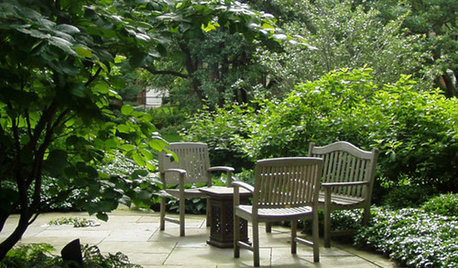
GARDENING AND LANDSCAPINGYour Yard: Are You Ready to Lose the Lawn?
Save time and water with good-looking alternatives to turf grass
Full Story
MOST POPULARMeet a Lawn Alternative That Works Wonders
Carex can replace turfgrass in any spot, is low maintenance and adjusts easily. Add its good looks and you’ve got a ground cover winner
Full Story
GRASSESHow to Rock a Lawn
Weekend Project: The key to healthy grass begins with the soil. If turf works for you, here’s how to fix it and keep it looking its best
Full Story
LANDSCAPE DESIGN7 Low-Maintenance Lawn Alternatives
Turf isn't the only ground cover in town. Get a lush no-grass lawn with clover, moss and other easy-care plants
Full Story


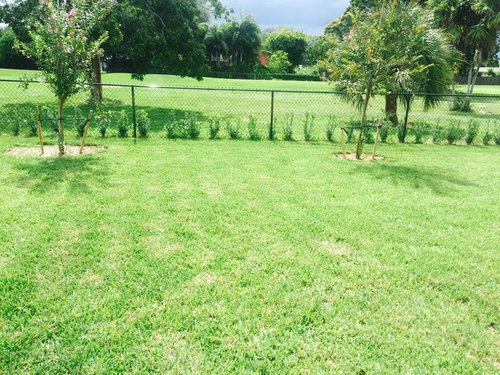

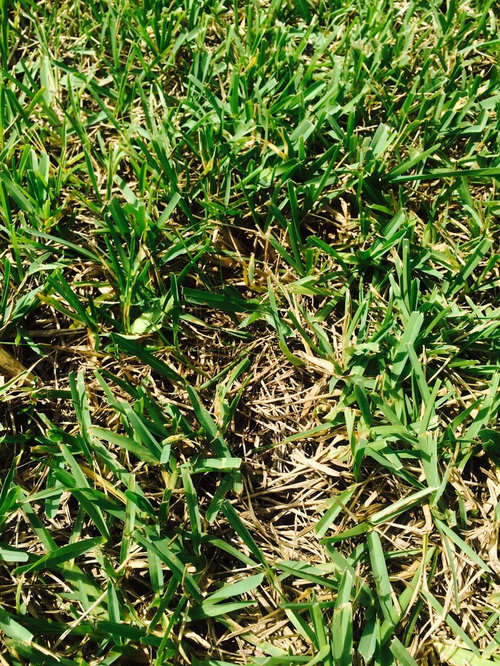
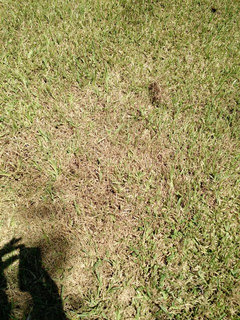
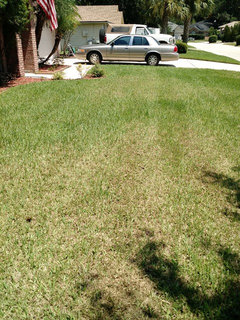
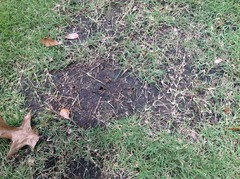

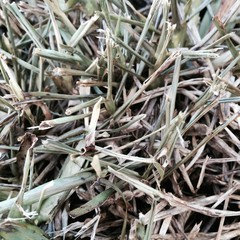
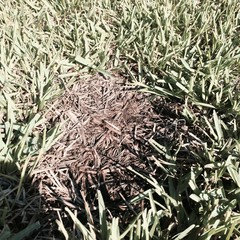


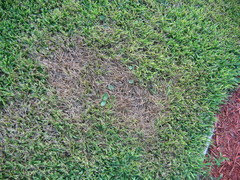

User